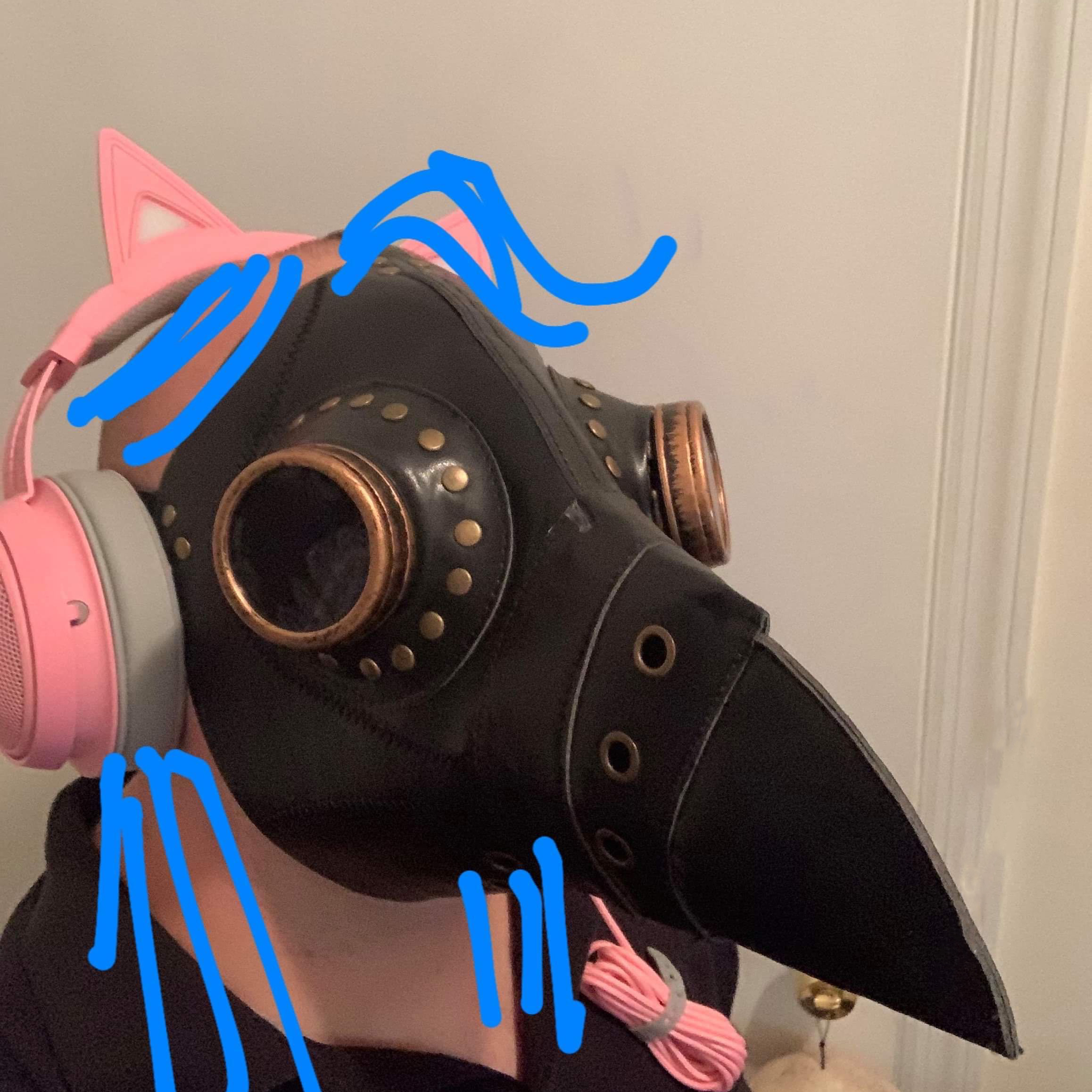Resident Evil Village PC performance - the (almost) perfect PC port we all needed
Resident Evil 8 not only looks great, but it runs like an absolute dream
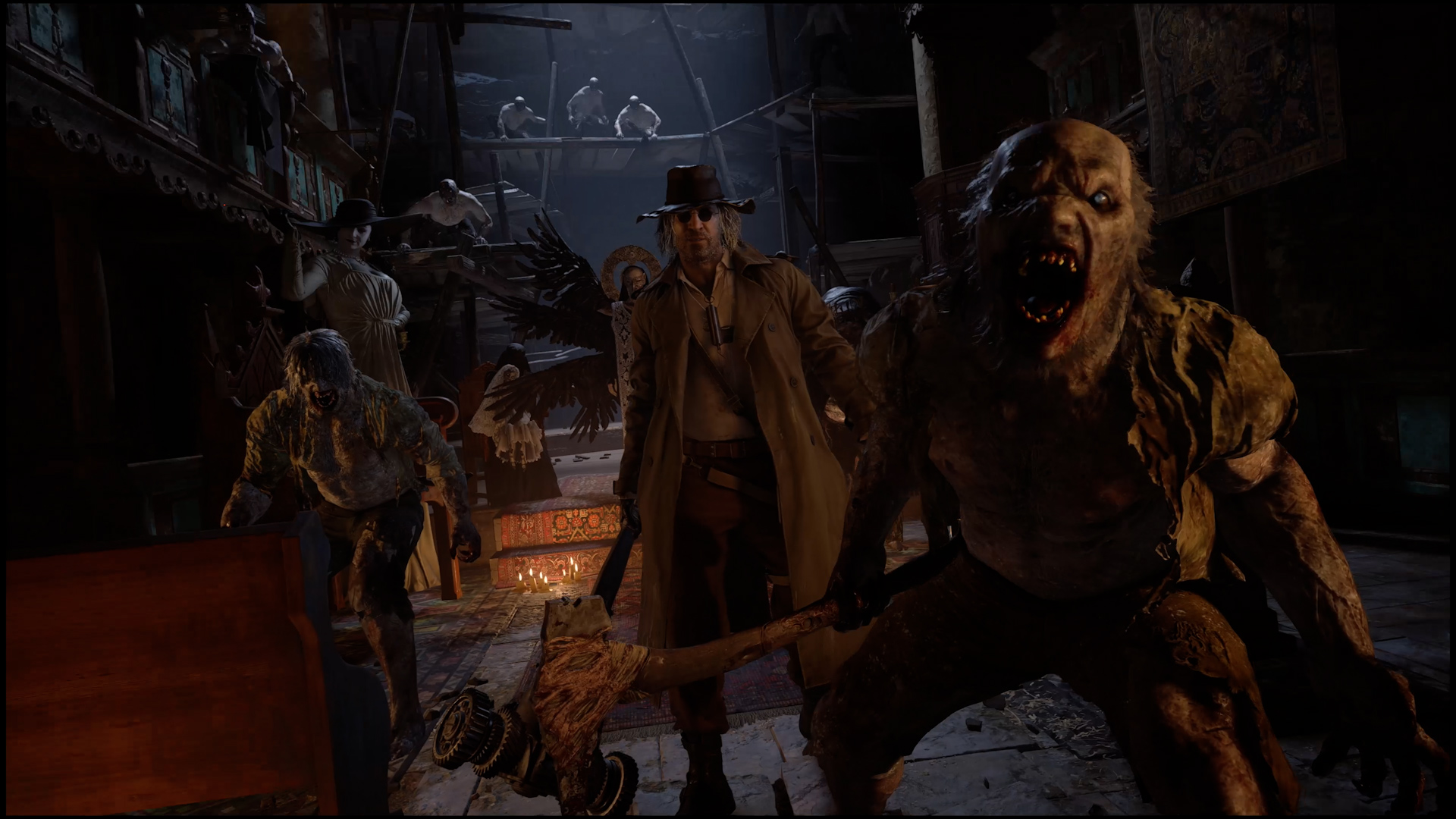
Resident Evil Village is finally here, and while we all knew it was going to look amazing, but what we didn't know is just how easily we could crank the graphics to the limit on PC. And especially considering that most "next-generation" (as much as such a thing exists on PC) games have been getting harder and harder to run, it's a relief to have a game as gorgeous as Resident Evil 8, that doesn't require the literal best gaming PC to see it in all of its glory.
What's more, Resident Evil Village is also the first game with ray tracing where we can actually recommend most people flip it on. It does come with a massive hit to performance, it always will, but the game is so well optimized that it doesn't really matter, you're likely going to get more than 60 fps with it enabled, as long as you aren't trying to use an older graphics card that wasn't built for it.
At the end of the day, if you've been looking forward to Village and taking on the giant vampire lady that everyone's talking about, PC is the best place to do it – no matter what kind of hardware you have in your gaming rig.
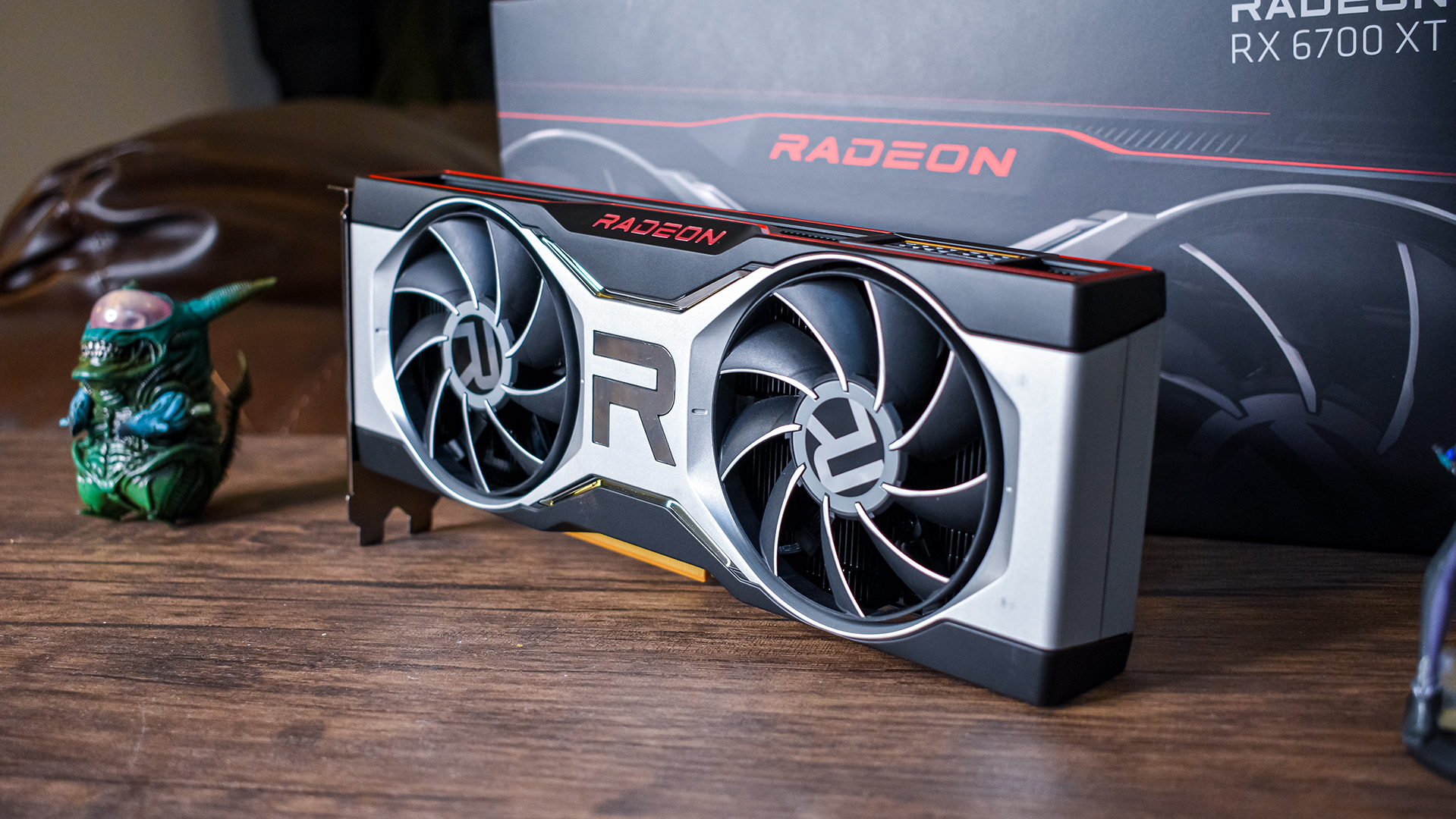
Resident Evil Village performance
Most people hold 60 fps as the performance target for PC games – and for good reason. And we're happy to say that every current generation graphics cards exceeds that framerate target at its optimal resolution, even with ray tracing enabled.
The weakest card in our lineup was the Nvidia GeForce RTX 3060, mostly out of interest of time, and that GPU was able to deliver a silky smooth 88 fps average with the "Ray Tracing" preset at 1080p, which is basically the same as the "Prefer Graphics" preset, but with ray tracing effects enabled.
If you don't enable ray tracing on that graphics card, it easily hits 160 fps at all times, which means you can get some high-refresh Resident Evil action in, even if the game itself is actually pretty slow.
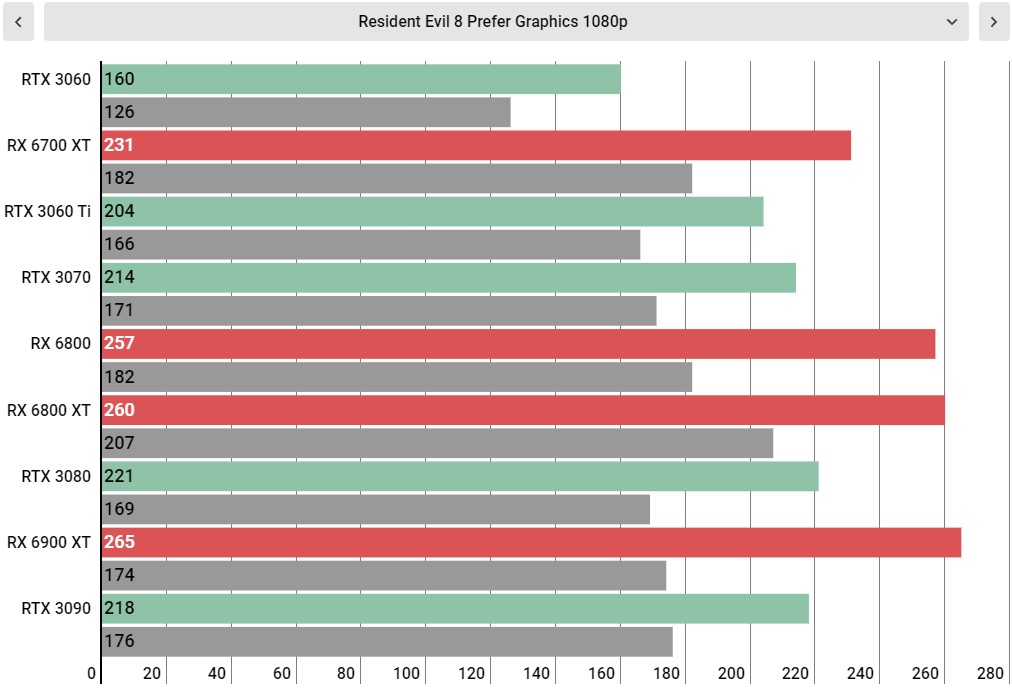
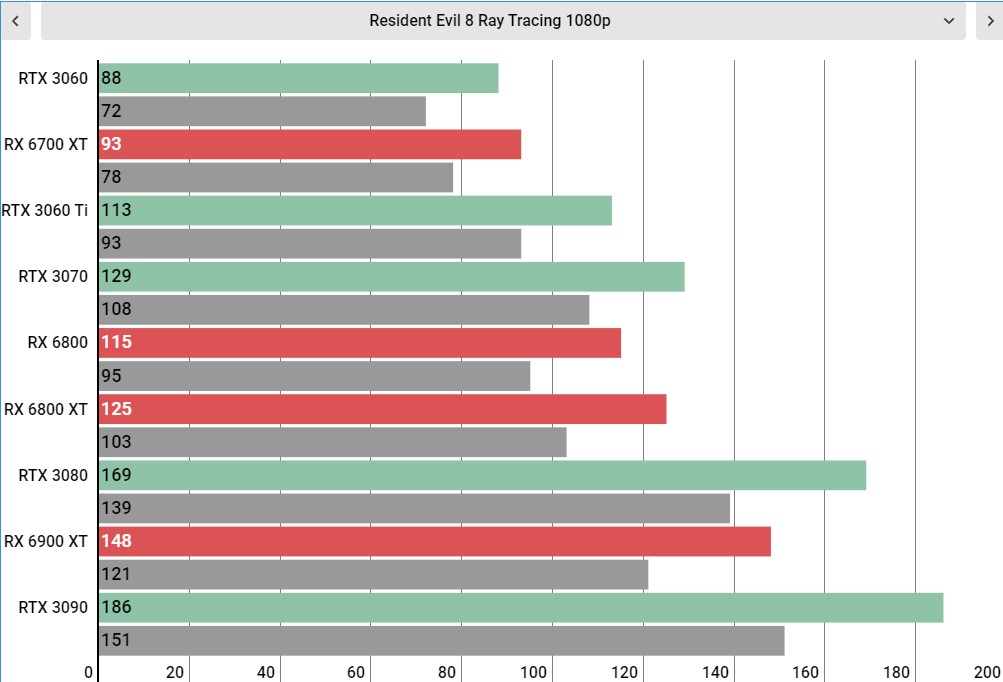
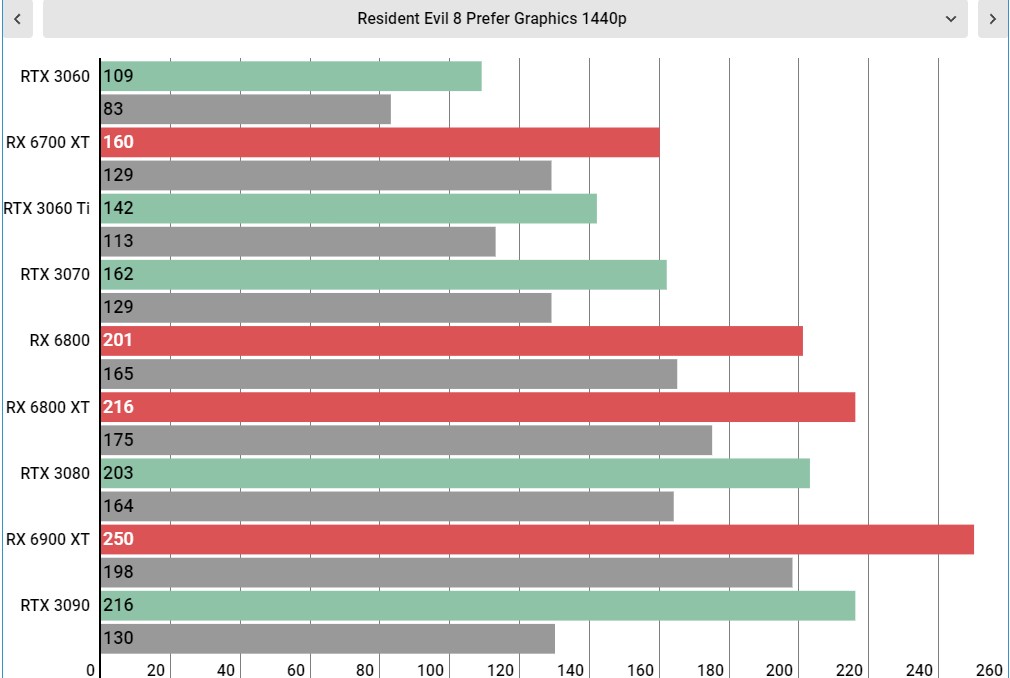
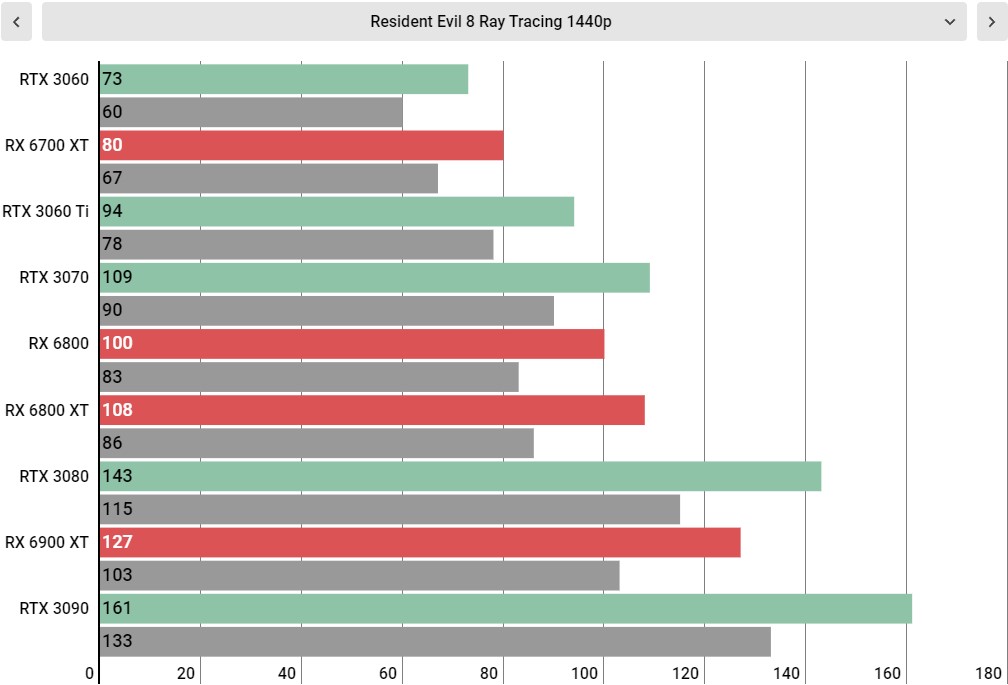
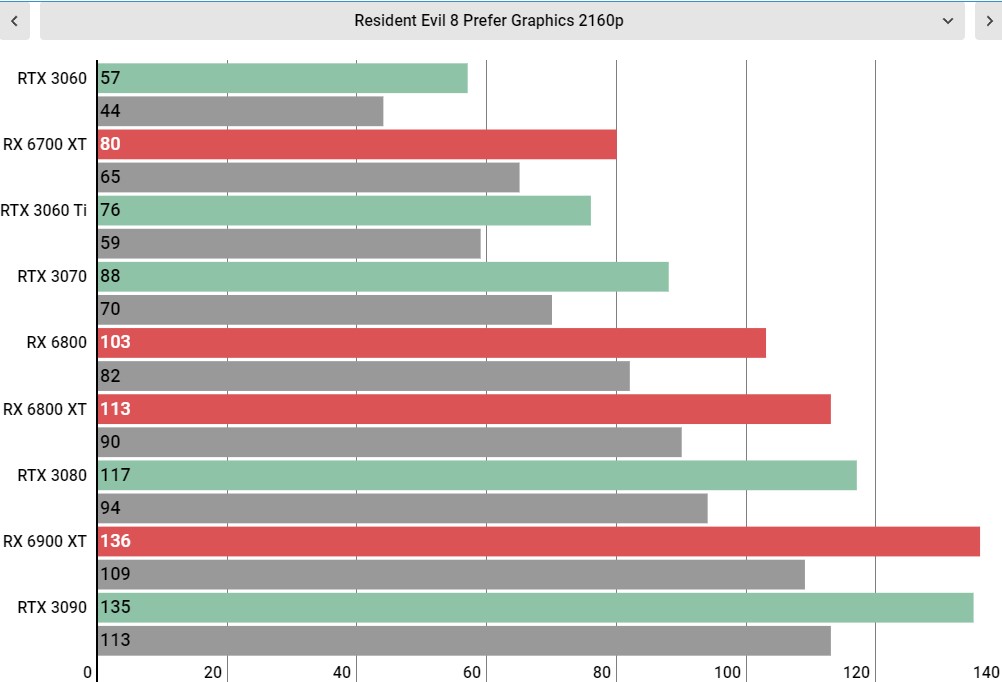
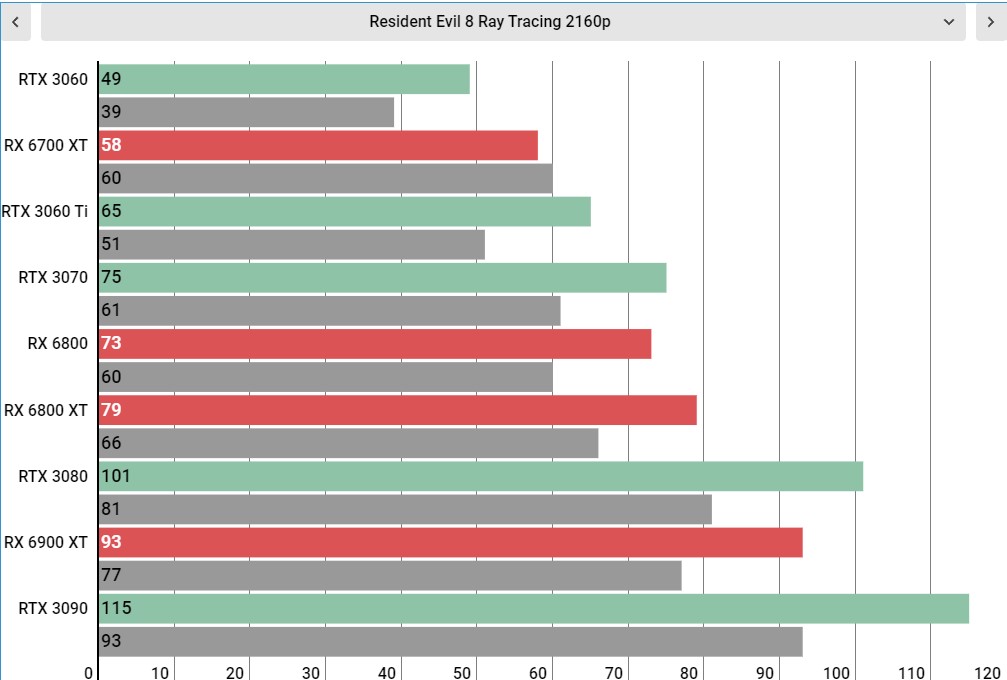
If you want to turn things up to 4K, even that is easily done with any of the graphics cards in our lineup. Even the RTX 3060, which is marketed as a low-mid-range 1080p graphics card is able to deliver more than 60 fps at this resolution without ray tracing. Turn ray tracing on at 4K, and it's still fine, with 49 fps. That's not 60, but it's more than playable. AMD's 1080p champion, as well, the Radeon RX 6700 XT, hits 58 fps at 4K with ray tracing, which is so close to that 60 fps sweet spot.
Sign up for breaking news, reviews, opinion, top tech deals, and more.
While we're talking about AMD graphics cards, though, we'd be remiss if we didn't talk about just how well this game runs on AMD hardware. Before you look at ray tracing performance at 1440p, AMD has wins across the entire stack. The 6700 XT is almost as fast as the more-expensive RTX 3070. The RX 6800 is basically tied with the RTX 3080, and the RX 6900 XT takes a huge lead over the RTX 3090.
But while Resident Evil Village does perform better on AMD hardware, it's not by a huge amount, and you shouldn't feel like you're missing out on anything if you're running the game on an Nvidia card. Resident Evil 8 runs like an absolute dream no matter what you're running it on. Although, you do get access to AMD-optimized goodies like Contrast Adaptive Sharpening, but that works no matter what hardware you run it on – even if it's slightly better on Team Red's graphics cards.
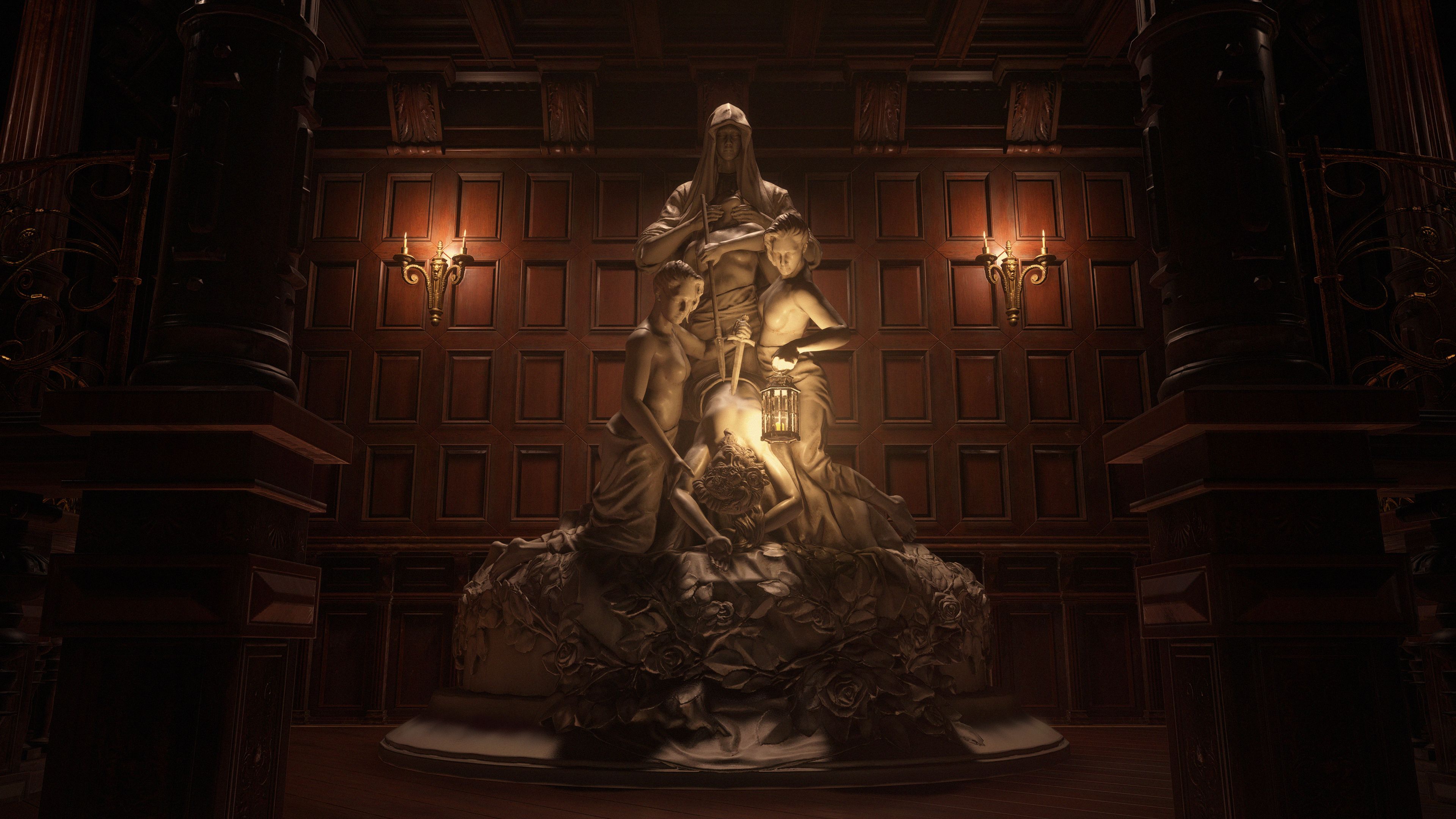
Resident Evil Village ray tracing
Ever since ray tracing became, like, the thing everyone seems to be talking about in graphics, the decision whether to actually keep it turned on beyond taking some screenshots has been pretty one-sided: turn it off to get more fps. And it makes sense, it does have the potential for some gorgeous visuals, but for most people that are rocking graphics cards closer to an RTX 2060 than an RTX 3090, hitting 60 fps has always been more important.
And that's how we expected Resident Evil Village to go. We were ready for maybe the RTX 3080 to scrape by at 60 fps with ray tracing enabled, especially since there is no DLSS here. Instead, thanks to some stunning optimization by Capcom, this is genuinely the first game where we urge people to at least try it out.
Don't get us wrong, the ray tracing in Resident Evil Village isn't going to blow you away, as it packs some pretty subtle effects. You don't get the shiny ray traced reflections like in Watch Dogs: Legion or the full path tracing of Minecraft, but you do get some subtle effects that boost the atmosphere of Resident Evil 8.
The biggest impact is going to be the ray traced ambient occlusion, which makes shadows go from great to phenomenal. Then, you have ray traced light reflections and refractions, which enhances the way light interacts with objects in the environment. There are parts of the game where you're surrounded by shiny and ornate walls, and these ray traced effects really make them pop.
But don't worry if you can't turn it on because you don't have a card that supports it, or if you want a super high framerate. These effects definitely enhance the image, but the game still looks more than fine with them disabled. However, if you have the headroom for it - and a lot of people with RTX and Radeon 6000 cards will - the game looks more visually rich with the settings enabled, and you should definitely try it out.

Resident Evil Village PC requirements
If you want to play Resident Evil Village on PC, you luckily probably have the hardware to have a pretty great experience with it. The officially listed system requirements are:
- OS: Windows 10 (64 bit)
- CPU: Intel Core i5-7500 / AMD Ryzen 3 1200
- RAM: 8GB
- GPU: Nvidia GeForce GTX 1050 Ti / AMD Radeon RX 560
- DirectX: Version 12
Recommended requirements (1080p)
- OS: Windows 10 (64 bit)
- CPU: Intel Core i7 8700 / AMD Ryzen 5 3600
- RAM: 16GB
- GPU: Nvidia GeForce GTX 1070 / AMD Radeon RX 5700
- DirectX: Version 12
Now we don't have a GTX 1050 Ti or an AMD Radeon RX 560 lying around, but we do have a GTX 1060 and a Radeon RX 580, and both of those graphics cards are easily able to handle Resident Evil Village at 1080p on the "Prefer Graphics" preset, surpassing 60 fps.
The Radeon RX 580 was still able to get an amazing 97 fps average at 1080p, and the GTX 1060 was able to get 70. That's not bad for graphics cards that are 4 and 5 years old, respectively.
So, really, if you have a gaming PC from the last 5 or 6 years, you should be more than fine playing Resident Evil Village at high settings. And, even if you want to play it at 4K, It's easily possible as long as you have an Nvidia GeForce RTX 2070 or an AMD Radeon RX 6700 XT.
Now, stop worrying about whether your PC can run it, and get ready for one of the best Resident Evil games in years.
Bill Thomas (Twitter) is TechRadar's computing editor. They are fat, queer and extremely online. Computers are the devil, but they just happen to be a satanist. If you need to know anything about computing components, PC gaming or the best laptop on the market, don't be afraid to drop them a line on Twitter or through email.
